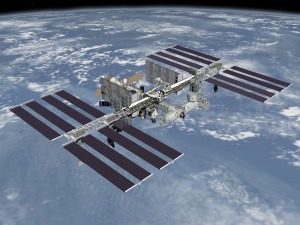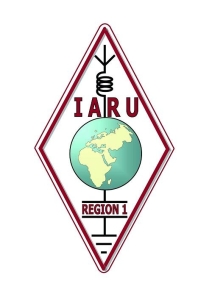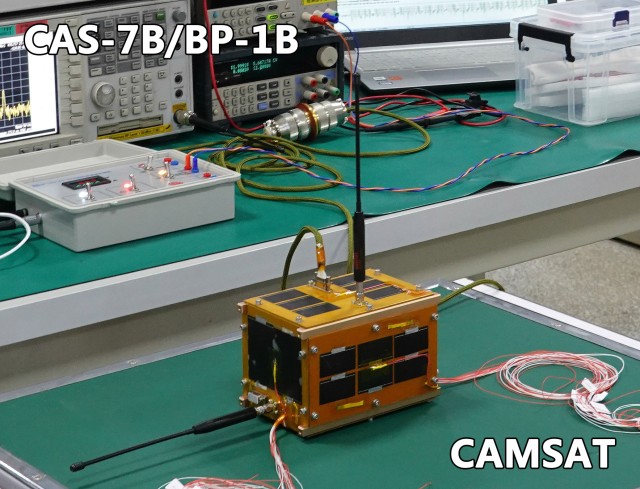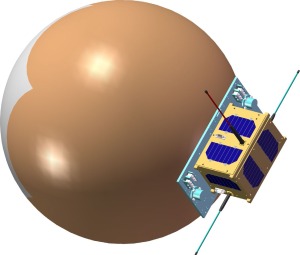ARISS contact planned for Rowan Preparatory School UK
An International Space Station school contact has been planned for astronaut Nick Hague KG5TMV with participants at Rowan Preparatory School, Claygate, Surrey, United Kingdom.
The direct contact between NA1SS and GB4RPS is planned for 1:51 PM BST (1251 GMT) on Tuesday, June 18, 2019 and the downlink signals will be audible in the UK and parts of Europe on 145.800 MHz FM.
Live streaming of the event is expected at https://live.ariss.org/
You can receive the ISS signal online from anywhere in the world by using the Farnham WebSDR at http://farnham-sdr.com/
School presentation
Rowan Preparatory School is a vibrant, friendly and nurturing community where girls are encouraged to be themselves. Our school is an independent preparatory school for girls between the ages of 2 to 11, located in the heart of Claygate (near Esher) in Surrey. A school with traditional values and a forward thinking approach to education, we seek to offer a broad and adventurous curriculum full of exciting opportunities.
School life at Rowan is inspiring and offers a breadth of experiences which develop the whole child. The warmth that is evident when you walk through the door at Rowan creates the ideal learning environment for girls to fulfil their potential. They are nurtured and allowed to grow as individuals, encouraged to take risks and have a go at new skills and interests which will enrich their lives. Science, Technology, Engineering and Maths are at the heart of the curriculum at Rowan. Girls make the most of our dedicated specialist teaching spaces and delight in practical learning opportunities in the Engineering and Technology suite. From 3D printers to our radio recording studio, the environment at Rowan is geared towards encouraging creative and exciting learning, ensuring that the girls explore, question and discover in every area of learning. We are passionate about bringing STEM subjects to life and encouraging the girls to see how these subjects translate into the world beyond school. Experiences which will foster successful and inspirational women of the future!
Rowan girls are prepared for the transition to a wide range of successful day and boarding schools and we pride ourselves on finding the right senior school environment for each and every girl. A personalised approach to learning and outstanding pastoral care in our happy environment, ensures that every girl develops a genuine love of learning.
Students Questions:
1. Sophia (Yr 1): How did the International Space Station get built when it just balances in the air?
2. Izzy (Yr 2): What are the challenges to growing food in space if astronauts are to stay in space for longer?
3. Emily (Yr 3): Does your digestion change because in space there is no gravity so your intestine will float in your body?
4. Ashley (Yr 4): Of all the experiments that you have done in space, what has given the most surprising result or has been the most exciting?
5. Alessi (Yr 5): If you spin a ball in the ISS will it keep spinning or will it stop, and if it stops, what stops it?
6. Alannah: (Yr 6): In the future, will it be possible that someone can spend their entire life in space and if so, would their life expectancy change?
7. Grace (Yr 2): If you do a handstand in space does your blood go to your head if there is no gravity?
8. Delilah (Yr 4): Is there anything you could learn about how bacteria and viruses behave in space that could help us defeat infectious bugs around the Earth?
9. Emilia (Yr 5): NASA have said that they will establish a permanent presence on the moon within the next decade, how will they do this and what is the most exciting benefit for human kind?
10. Anya (Yr 6): In all of your time spent on board the ISS, what is the most exciting and extraordinary thing that you have experienced?
11. Sophia saying Zoe’s question (Yr 1): What new information about space are you hoping to learn?
12. Izzy saying Ballie’s question (Yr 2): Can you escape from a black hole?
13. Emily saying Eloise’s question (Yr 3): We have learnt that astronauts are very busy and work long hours. So when you have free time, what do you do for fun?
14. Ashley saying Annabel’s question (Yr 4): How do you get rid of rubbish in space?
15. Alessi saying Sabine’s question (Yr 5): What are you looking forward to the most in nature when you return?
16. Alannah saying Lucy’s question (Yr 6): Our teachers and parents tell us that having a balanced diet is important. Is your diet closely monitored or do you have freedom to choose what you eat? What is your favourite meal?
17. Grace saying Olivia’s question (Yr 1): How do you sleep in space?
18. Delilah saying Amelia’s question (Yr 3): What kind of dangers might you experience in space?
19. Emilia saying Luna’s question (Yr 2): What is the most beautiful thing you can see in space?
20. Anya saying 4J’s question (Yr 4): We have heard that some people don’t believe that the Moon landing took place, what is the best evidence that we have to disprove this theory?
About ARISS:
Amateur Radio on the International Space Station (ARISS) is a cooperative venture of international amateur radio societies and the space agencies that support the International Space Station: NASA, Russian Space Agency, ESA, JAXA, and CSA. The US Center for the Advancement of Science in Space (CASIS) and the National Aeronautics and Space Administration (NASA) provide ARISS special support.
ARISS offers an opportunity for students to experience the excitement of Amateur Radio by talking directly with crew members on board the International Space Station. Teachers, parents and communities see, first hand, how Amateur Radio and crew members on ISS can energize youngsters’ interest in science, technology, and learning.
The primary goal of ARISS is to promote exploration of science, technology, engineering, and mathematics (STEM) topics by organizing scheduled contacts via amateur radio between crew members aboard the ISS and students in classrooms or informal education venues. With the help of experienced amateur radio volunteers, ISS crews speak directly with large audiences in a variety of public forums. Before and during these radio contacts, students, teachers, parents, and communities learn about space, space technologies, and amateur radio.
For more information, see http://www.ariss.org/
How to hear the ISS https://amsat-uk.org/beginners/how-to-hear-the-iss/
m5aka
AMSAT-UK
Powered by WPeMatico





 AMSAT-UK is very happy to announce the 2019 AMSAT-UK International Space Colloquium will be held October 12-13 at the Kents Hill Park Conference Centre, Timbold Drive, Milton Keynes, MK7 6BZ.
AMSAT-UK is very happy to announce the 2019 AMSAT-UK International Space Colloquium will be held October 12-13 at the Kents Hill Park Conference Centre, Timbold Drive, Milton Keynes, MK7 6BZ. Videos of the talks given at the 2019 CubeSat Developers Workshop held at Cal Poly Performing Arts Center, San Luis Obispo, CA during April 23–25 are now on YouTube.
Videos of the talks given at the 2019 CubeSat Developers Workshop held at Cal Poly Performing Arts Center, San Luis Obispo, CA during April 23–25 are now on YouTube.


